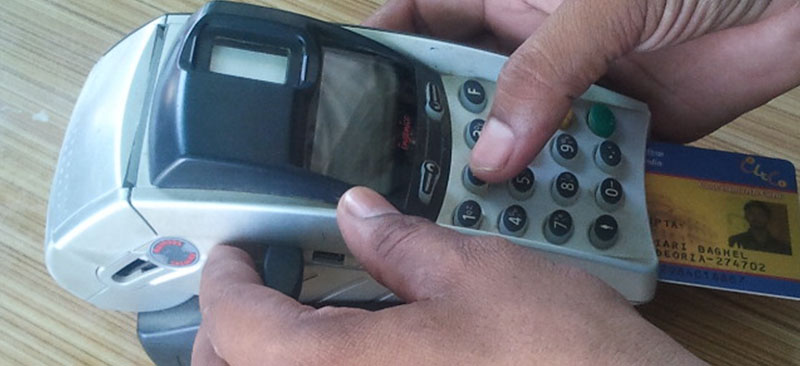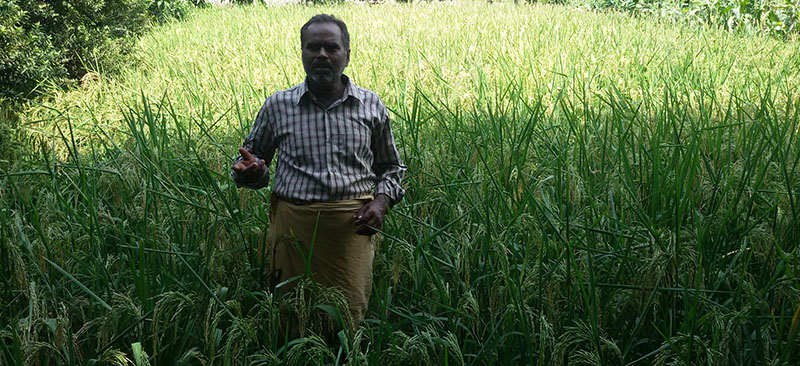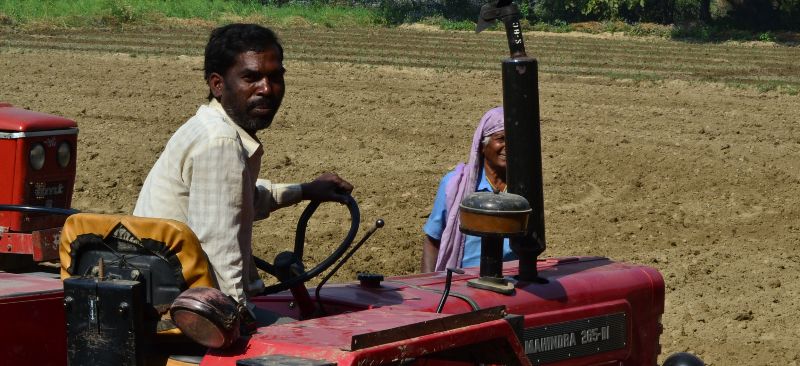Electronic Benefit Transfer (EBT) is an important activity carried out by the Business Correspondent companies. The system, in nutshell, means use of the Business Correspondent to pay out the wages or cost of produce to the rural labourers employed in government projects or to the rural producers.
Before the inception of the EBT system, the prevalent methods of benefit transfers included either payment in cash or credit into bank accounts. The complications in the former system included frauds and embezzlement by the intermediating officials.The latter system of credit into bank account caused great inconvenience to the beneficiary due to the distant branch locations and overcrowding in the branches.
The EBT system offers a solution that is convenient, as the payment is delivered at the doorstep, as well as safe from frauds and embezzlements, as there is adequate monitoring through servers and database. The current case study attempts to look at one such EBT system set up by FINO in collaboration with the Uttar Pradesh Forest Corporation Ltd. (UPFC) for the rural producers engaged in collection of Tendu Leaves.


